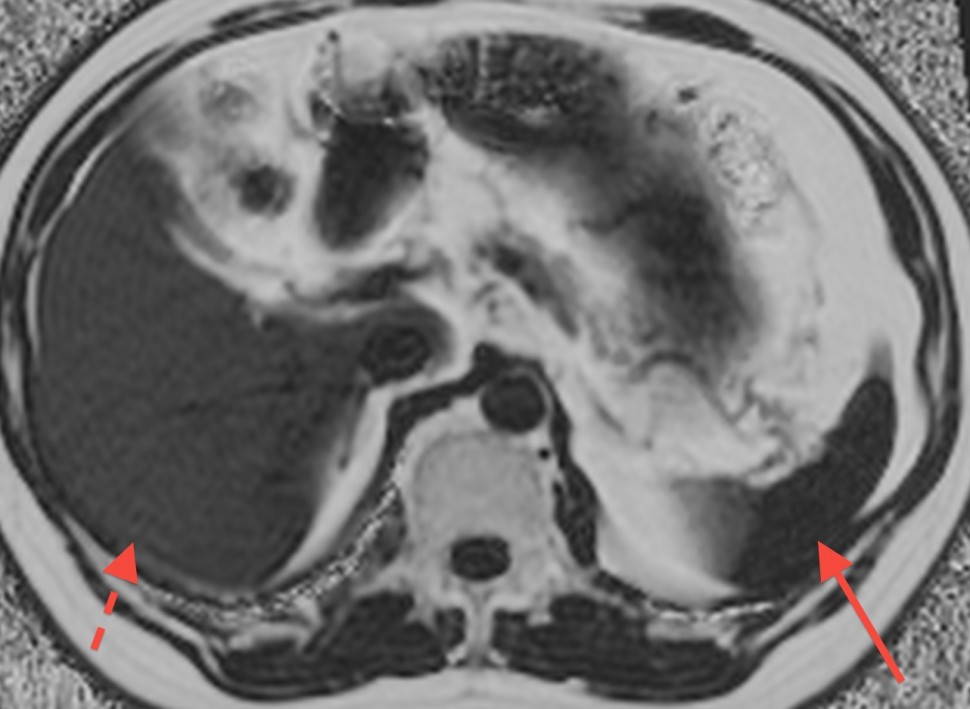June 17, 2015 – The magnitude-based MRI has the potential for clinical utility in the evaluation of NAFLD, according to a recent study1 published in Hepatology.
As nonalcoholic fatty liver disease (NAFLD) is the most common chronic liver disease in children, according to the study’s authors, there is a need advance the field of NAFLD, noninvasive imaging methods for measuring liver fat. While advanced magnetic resonance imaging (MRI) has shown great promise for the quantitative assessment of hepatic steatosis, to date it has not been validated in children. Therefore, this study was designed to evaluate the correlation and diagnostic accuracy of MRI-estimated liver proton density fat fraction (PDFF), a biomarker for hepatic steatosis, compared to histologic steatosis grade in children.
By evaluating 174 children with a mean age of 14.0 years, liver PDFF estimated by MRI was significantly correlated (0.725) with steatosis grade. The correlation of MRI-estimated liver PDFF and steatosis grade was influenced by both sex and fibrosis stage. The correlation was significantly stronger in girls (0.86) than in boys (0.70). However, in children with stage 2-4 fibrosis, the correlation was significantly weaker (0.61) than children with no fibrosis (0.76) or stage 1 fibrosis (0.78).

Example of hepatic fat quantification. Hepatic fat quantification: a prospective comparison of magnetic resonance spectroscopy and analysis methods for chemical-shift gradient echo magnetic resonance imaging with histologic assessment as the reference standard.2
The overall accuracy of predicting the histologic steatosis grade from MRI-estimated liver PDFF was 56%. No single threshold had sufficient sensitivity and specificity to be considered diagnostic for an individual child.
The authors concluded that advanced magnitude-based magnetic resonance imaging (MRI) of the liver can be used to estimate proton density fat fraction (PDFF) in the evaluation of non-alcoholic fatty liver disease (NAFLD) in a pediatric setting, how no single threshold value has sufficient accuracy to be considered diagnostic for an individual child.
Reference:
1. Schwimmer JB, et al "Magnetic resonance imaging and liver histology as biomarkers of hepatic steatosis in children with nonalcoholic fatty liver disease" Hepatology 2015; DOI: 10.1002/hep.27666.
2. Kang BK, Yu ES, Lee SS, Lee Y, Kim N, Sirlin CB, Cho EY, Yeom SK, Byun JH, Park SH, Lee MG.
Invest Radiol. 2012 Jun;47(6):368-75.PMID: 22543969.




